This article originally appeared on the Texarkana Gazette, and is republished here with permission from the author.
The great Roman leader Julius Caesar is aptly credited for recording the proverb, "Experience is the best teacher." Compared to books, experience can be arguably considered as an experiential teacher of all things, the patriarch of practice, the mother of prudence, the well of wisdom, or the labyrinth of meaning. Regardless of clichés used, between theory and reality is a cycle of tangible events that inherently blends intangible assumptions with practical scenarios that function as remote "pockets of learning."
In the world of business, managers expect employees to master their skills and perform at exceedingly high levels of efficiency. This feat can be achieved through none other than experience. Experience obliges employees by acting as a by-product of gaining knowledge that has been verified through iteration and certified through legitimate results. In other words, employees gradually become subject matter experts through recurring opportunities to improve their abilities and develop understanding by solving problems.
The origin of learning stems from either hands-on learning or instructional activities. Essentially, employees learn by actively engaging in constructive methods to solve complex problems or simply achieve learning through content delivery provided by an instructor or trainer.
What is actually learned and then performing what is actually learned become critically important when assessing both opportunity and timing. Through repetitive usages, employees become increasingly qualified and empowered by the ability to approach complex situations with learned skills that reduce uncertainty and produce fruitful outcomes. Employees generate a motivation to transfer what is learned into practical situations that require tactical approaches to solving problems.
Consequently, employees become carriers of learned experiences that, when managed properly, can be aligned with personal goals when elicited for organizational gain. Specifically, employees can exercise their competencies in an autonomous manner that directly links decision-making to their daily work activities. Suffice it to say that not only does "experience teach", but "experience motivates."
Through the art of transference,
- knowledge and skills gained by the employee through hands-on learning or instructional activities can be transferred in to new learning situations,
- transferred out to solve problems that require experience solely exclusive to the task or situation at hand,
- utilized and transferred through a series of applications to achieve a desired outcome, and
- assessed to determine transfer gains, or increases in learning, that will be used to transfer in to new and upcoming situations.
Experience becomes a currency that only appreciates in value once its supplied and expended masterfully. The underutilization of learned experiences unfortunately wastes talents that could otherwise generate healthy returns on training and circumstantial investments. What is more, the failure to utilize an employee's experiences in common or uncommon situations not only deprives learning but also limits the exposure to unseen deficits, which can be deceptive. As a result, employees will attempt to solve problems overconfidently with dismal results and, due to flunking the task, only seek manageable assignments that are easily achieved.
The adage, "practice makes perfect" rightly applies. If players fail to practice before a game, any attempt to triumph over their opponents will unmask inefficiencies and missteps that practice would have corrected. Similarly, if employees are not experienced through training and situations, complexity will expose their weaknesses, cause insecurity in their evaluation of their skills, and deter them from seeking experiential challenges. Likewise, if a coach fails to put his best players in the game, he sadly forfeits any conceivable chances of winning.
Managers who fail to maximize the expert potential of their experienced employees not only demotivate them but squander any chances to come out on the other side of any complex situation victorious. For experience to be a true motivator, it behooves managers to
- develop task- and situation-specific training activities that match an employee's personal goals and the organization's goals,
- provide opportunities for employees to transfer in learned experiences into new situations that will enrich an employee's skills, and
- create environments that are beneficial for learning to continually increase knowledge. Experience becomes the ultimate motivator as its teaching capacity will nourish an employee's confidence, abilities, and esteem.
---------------
ABOUT THE AUTHOR: Dr. Brian L. Matthews is a tenure-track Assistant Professor of Management at Texas A&M University-Texarkana, and is the Management Program Coordinator of TAMUT's College of Business, Engineering, and Technology (CBET).
Brian discusses this article and other topics in LIFE Edge 124. You can see that episode below:
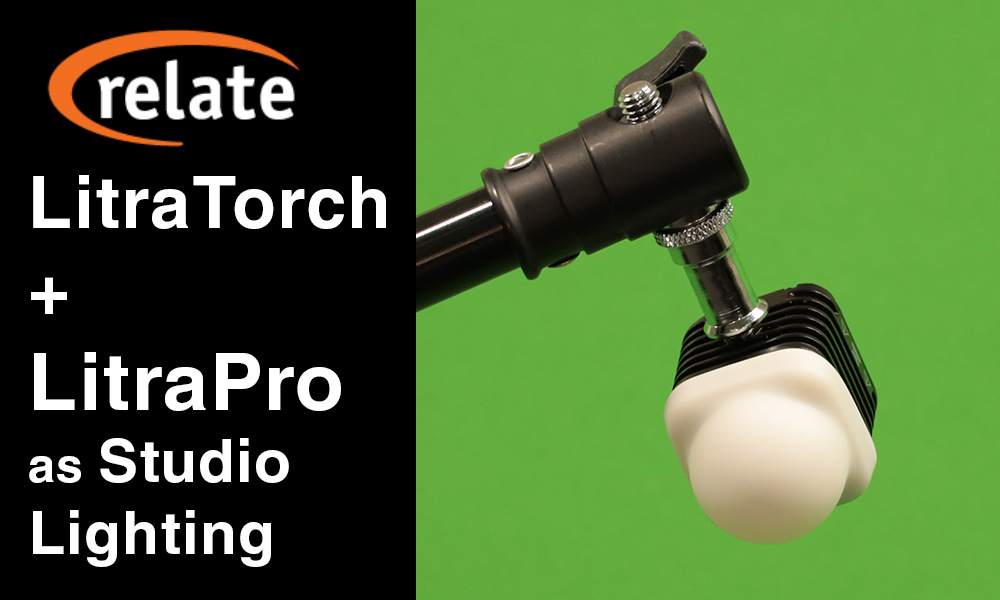 We've had the LitraTorch portable LED light for a couple of years now, and it's proven to be a capable portable light. We've used it for event coverage, for example, or adding fill and accents in the studio.
Quick aside: this article and review is not endorsed or sponsored by
We've had the LitraTorch portable LED light for a couple of years now, and it's proven to be a capable portable light. We've used it for event coverage, for example, or adding fill and accents in the studio.
Quick aside: this article and review is not endorsed or sponsored by 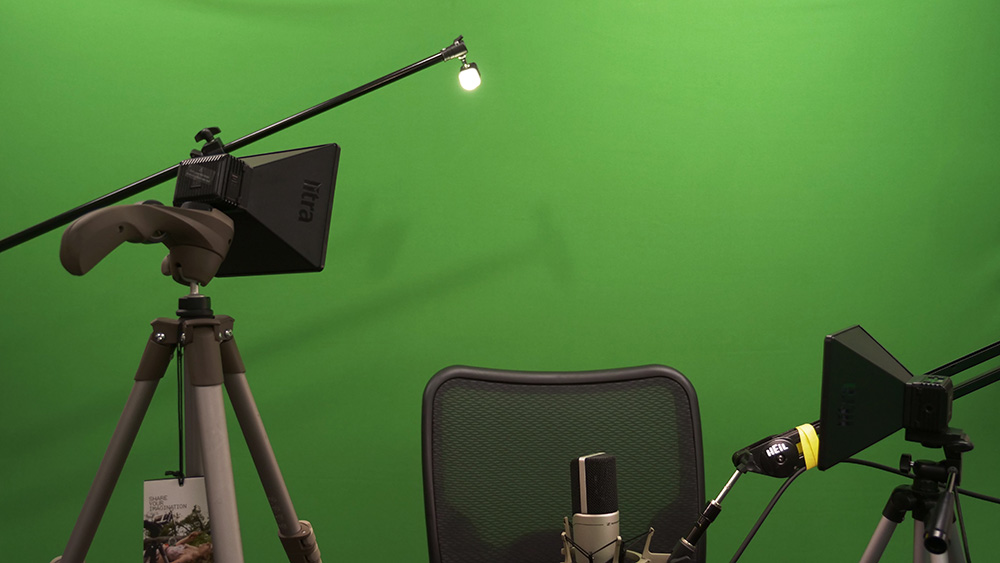 Using this setup, we filmed a short Tech Down Over segment,
Using this setup, we filmed a short Tech Down Over segment, 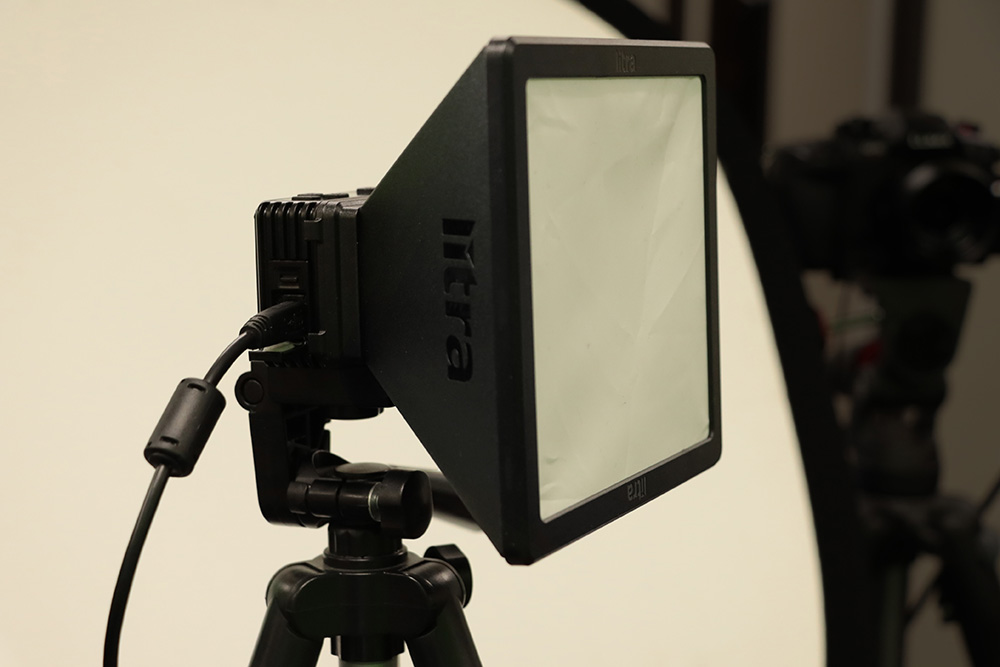 With the LitraPro lights, we used the softboxes designed for them, which each cost $45 extra. We also plugged one LitraPro into a USB charging adapter, as its battery was low on charge. On that note, we recommend using these with either a long USB cable and power adapter, or USB cable and power bank. Both lights have a USB Micro-B type connection.
With the LitraPro lights, we used the softboxes designed for them, which each cost $45 extra. We also plugged one LitraPro into a USB charging adapter, as its battery was low on charge. On that note, we recommend using these with either a long USB cable and power adapter, or USB cable and power bank. Both lights have a USB Micro-B type connection.
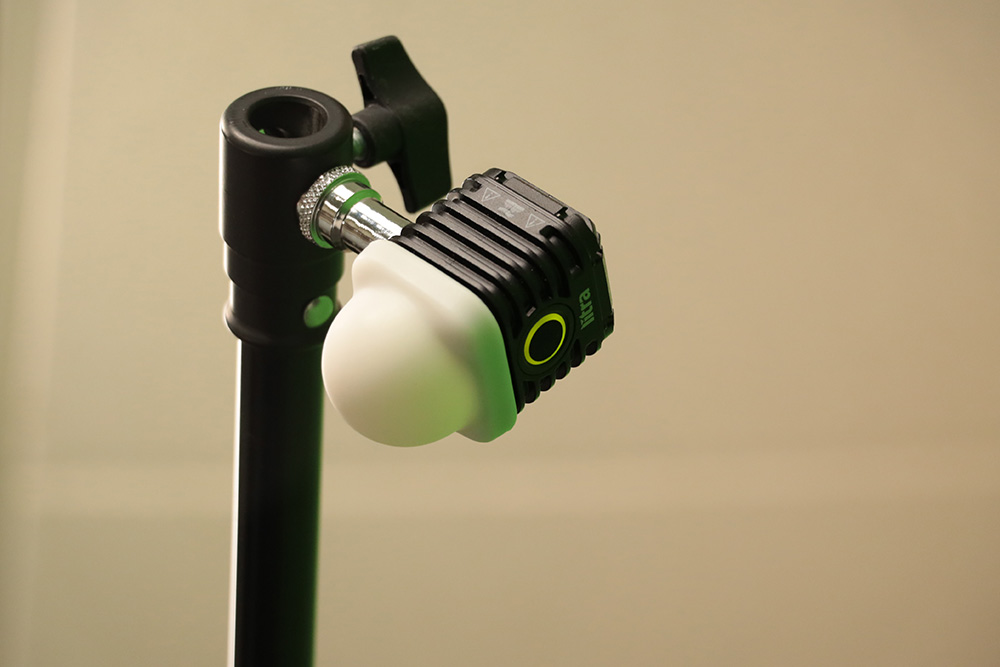 While we used the softboxes for our test, the LitraPros come with silicone diffusers similar to the one on the LitraTorch pictured above. These also provide a nice, soft light.
Below are photos of the setup in action. This gives you an idea of how soft the light is, and how well it preserves skin tones.
While we used the softboxes for our test, the LitraPros come with silicone diffusers similar to the one on the LitraTorch pictured above. These also provide a nice, soft light.
Below are photos of the setup in action. This gives you an idea of how soft the light is, and how well it preserves skin tones.
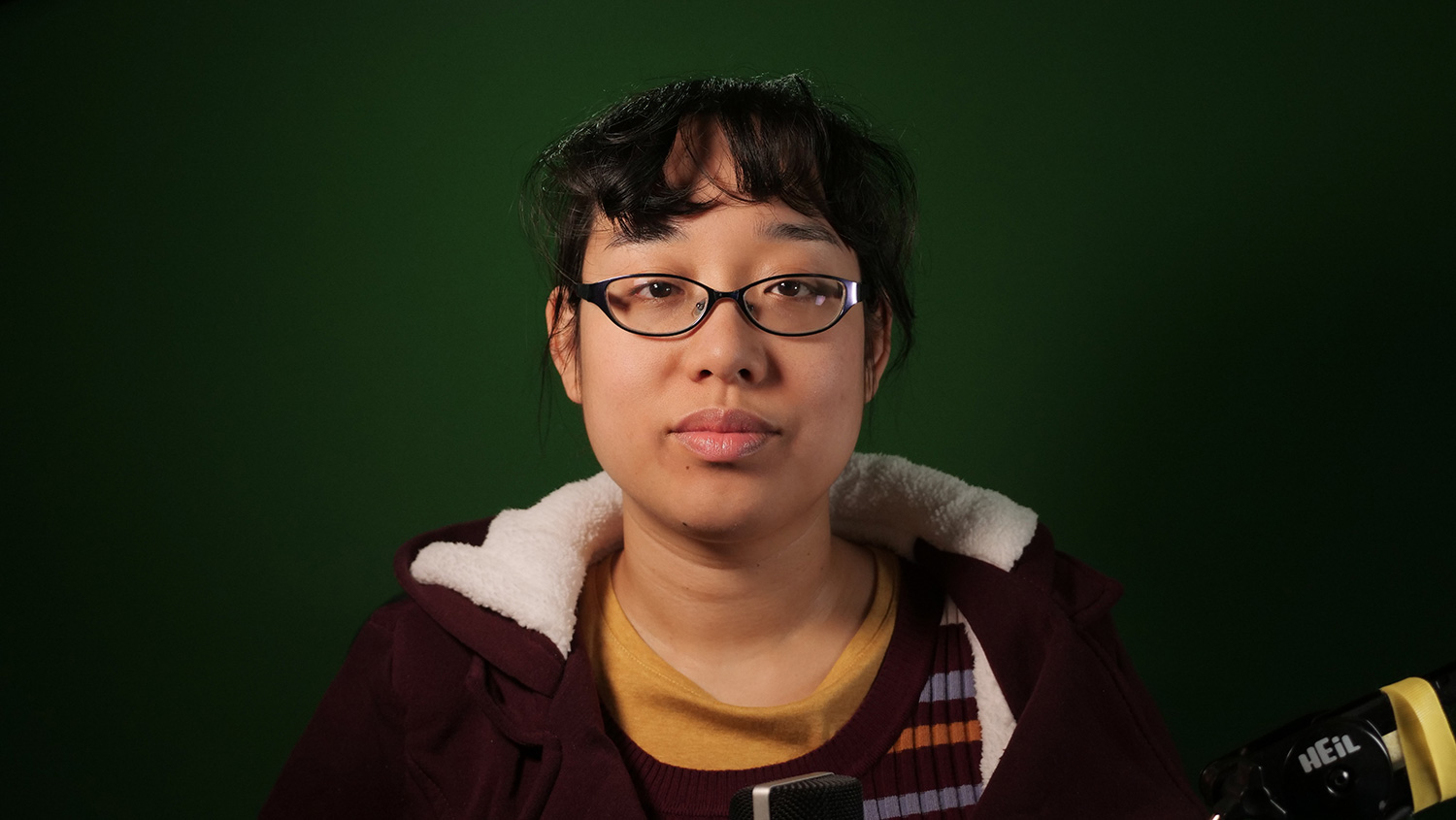
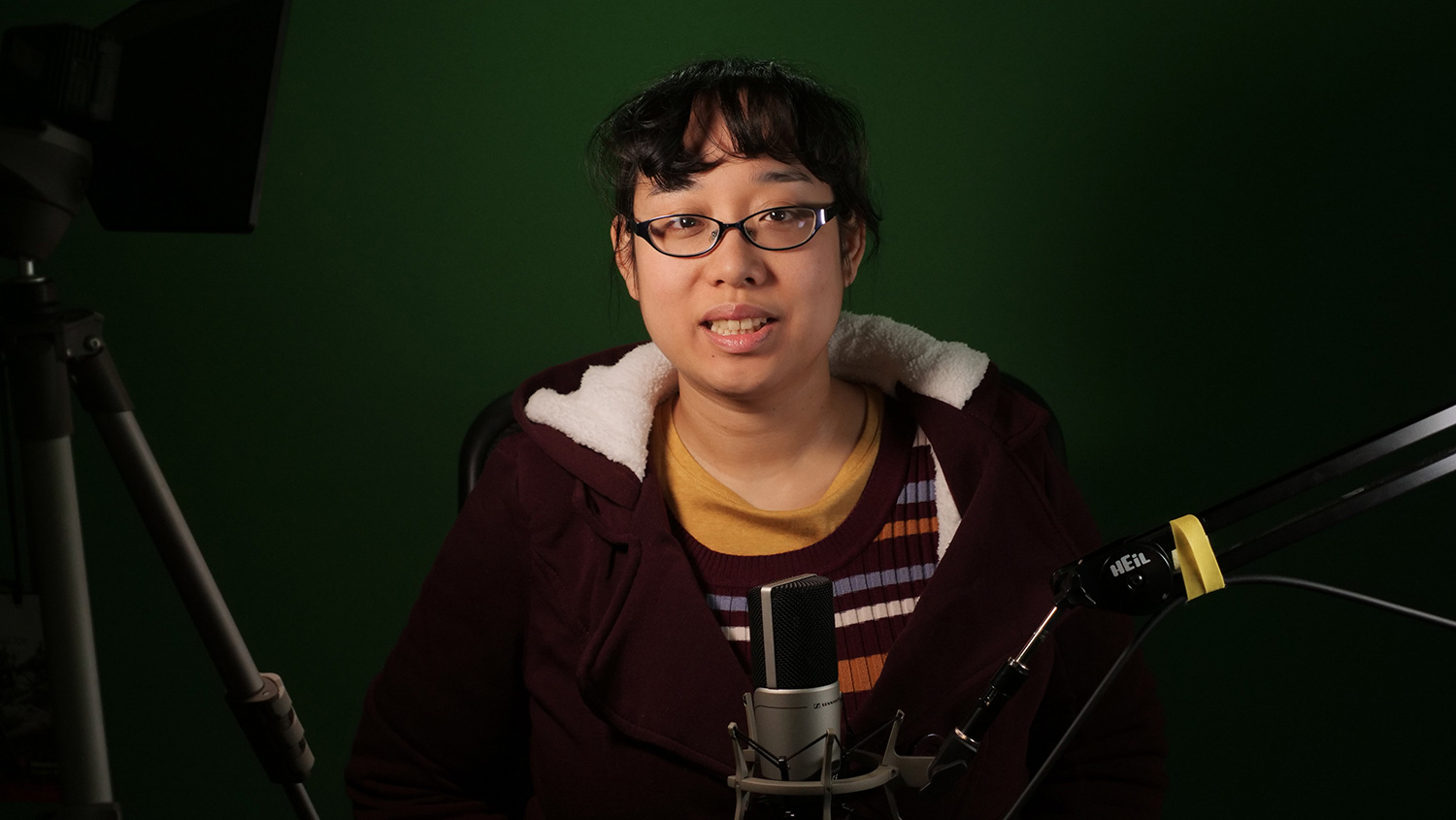
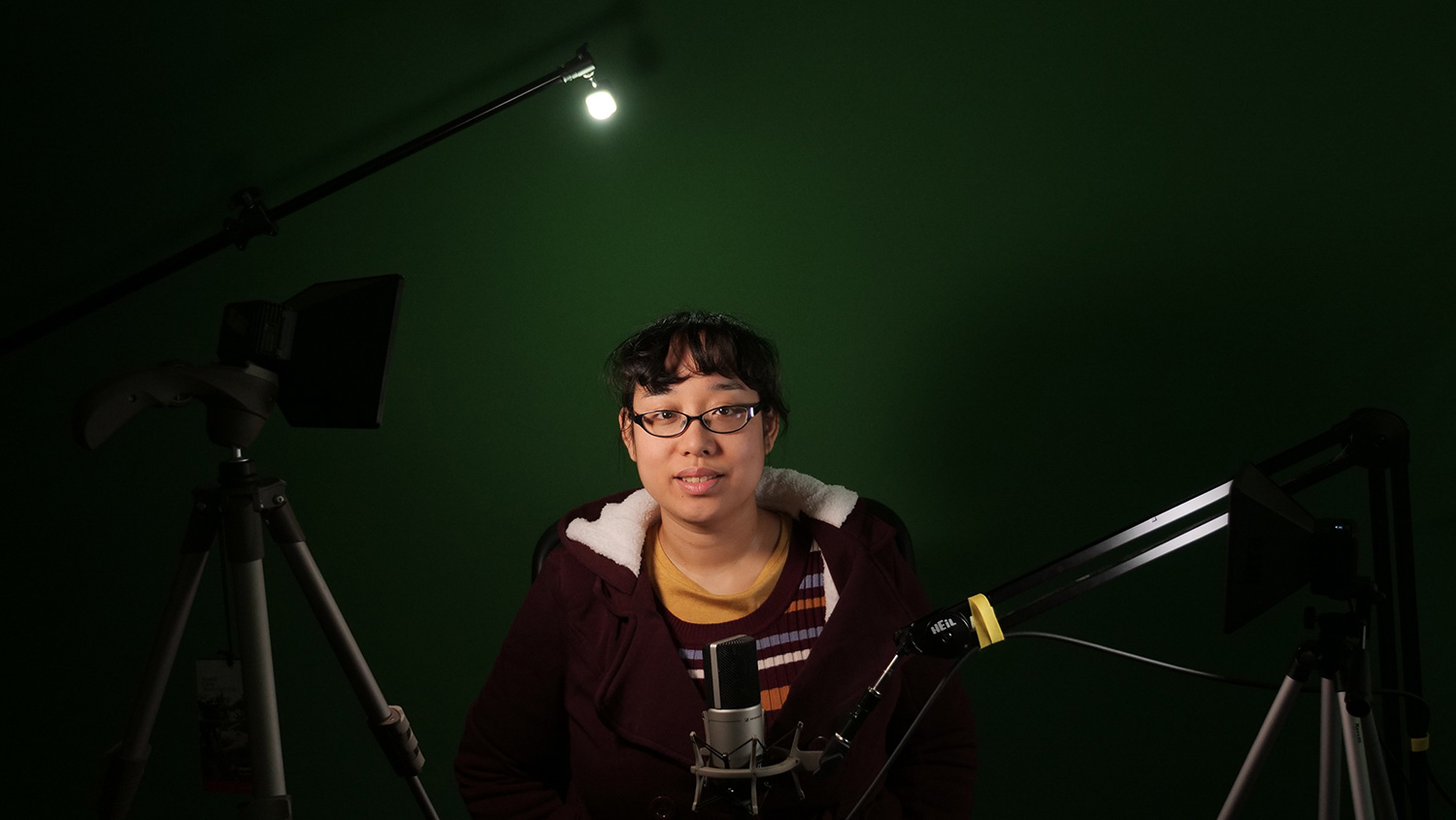
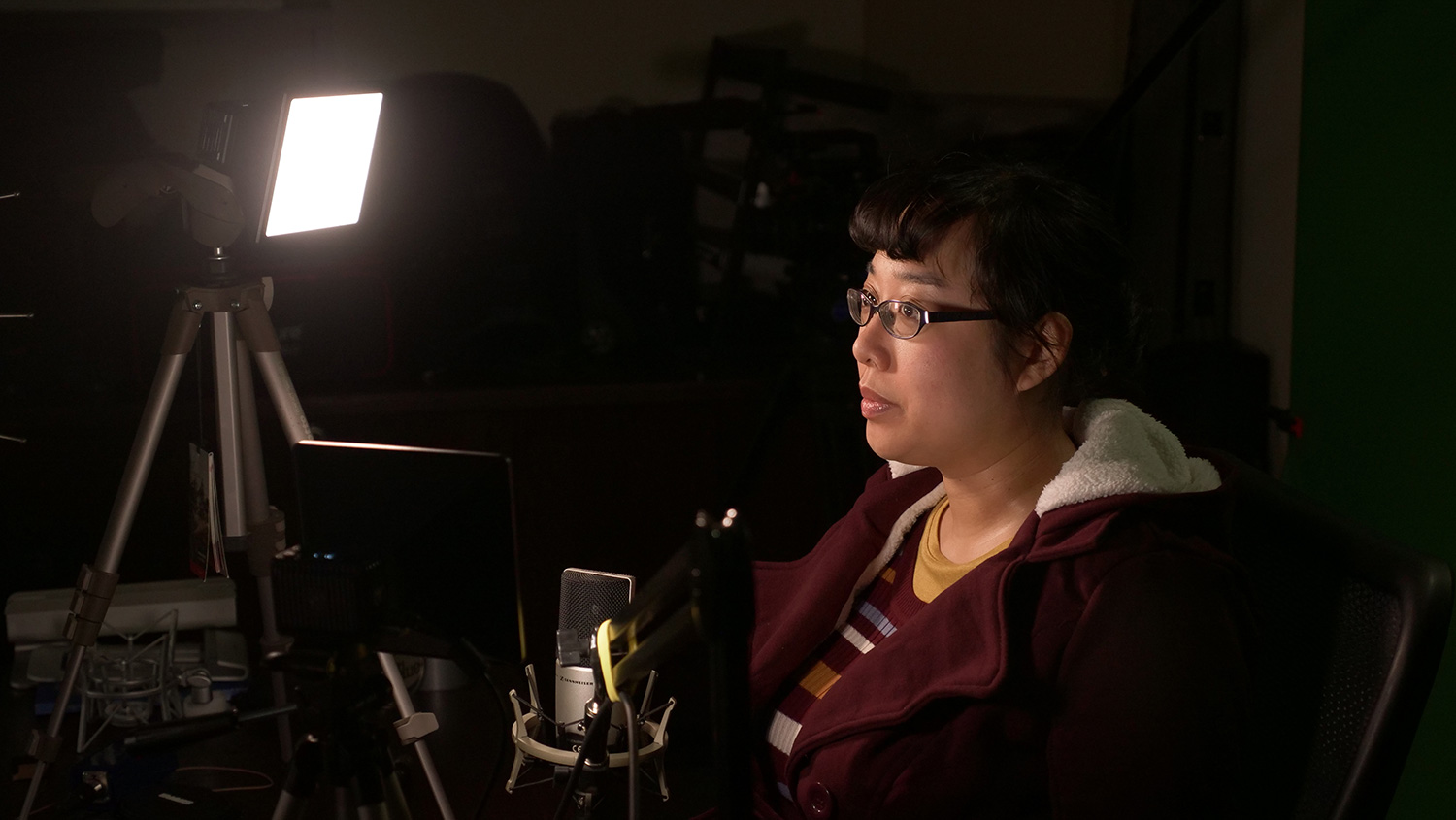
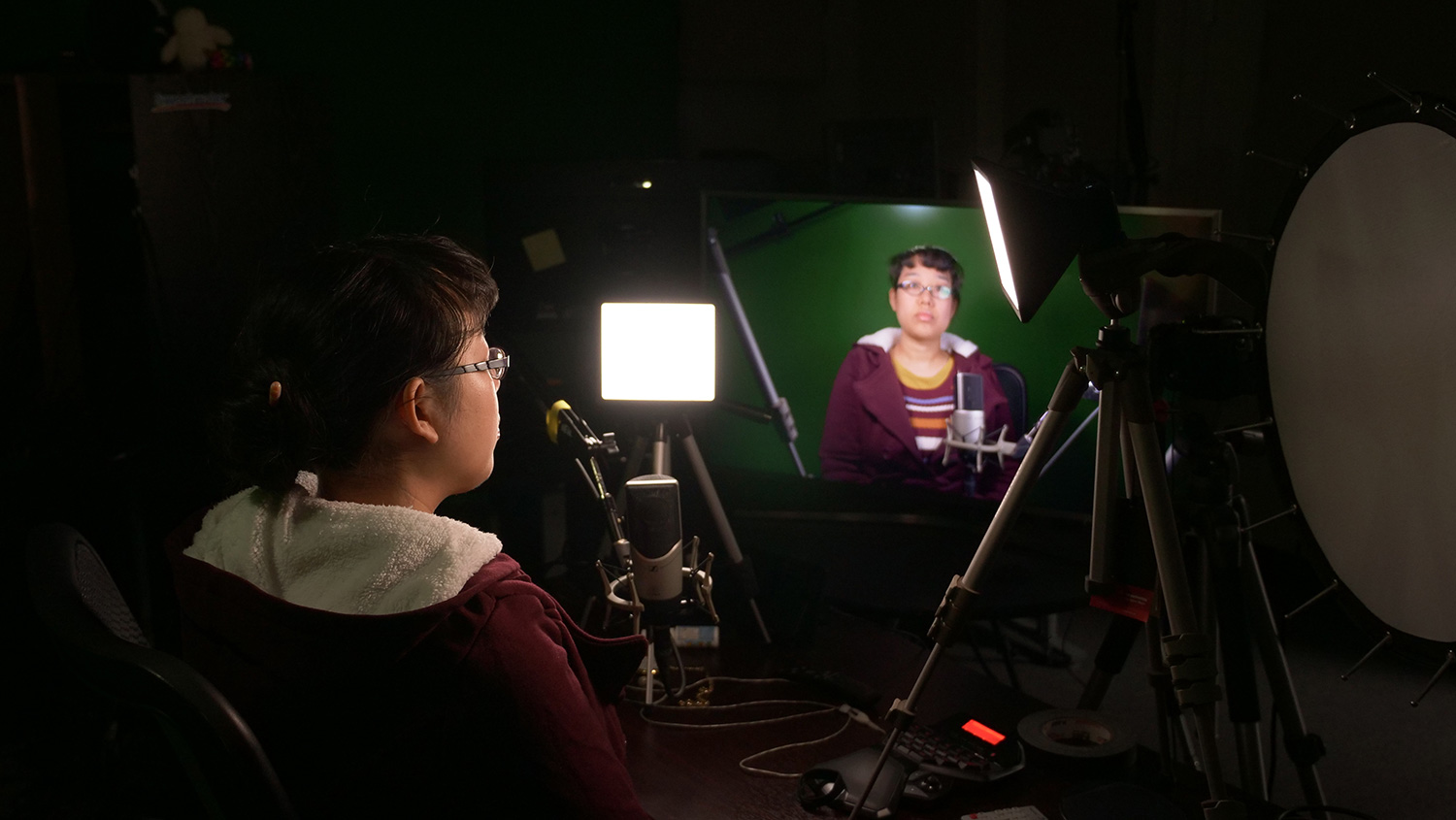 We think these lights give an impressive result for such a small and inexpensive package, at $620 USD total for the lights and softboxes used here. Let us know your thoughts in the
We think these lights give an impressive result for such a small and inexpensive package, at $620 USD total for the lights and softboxes used here. Let us know your thoughts in the